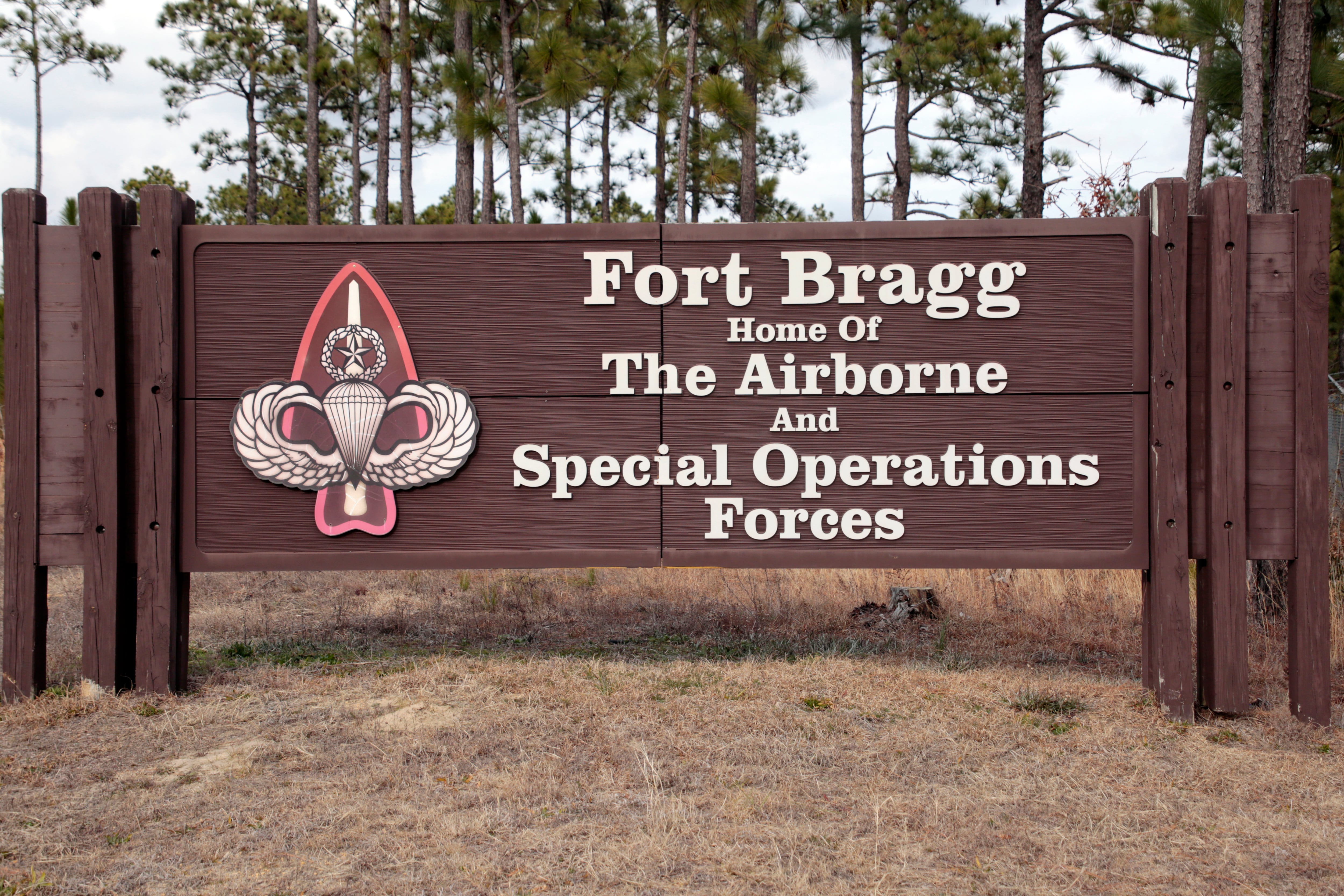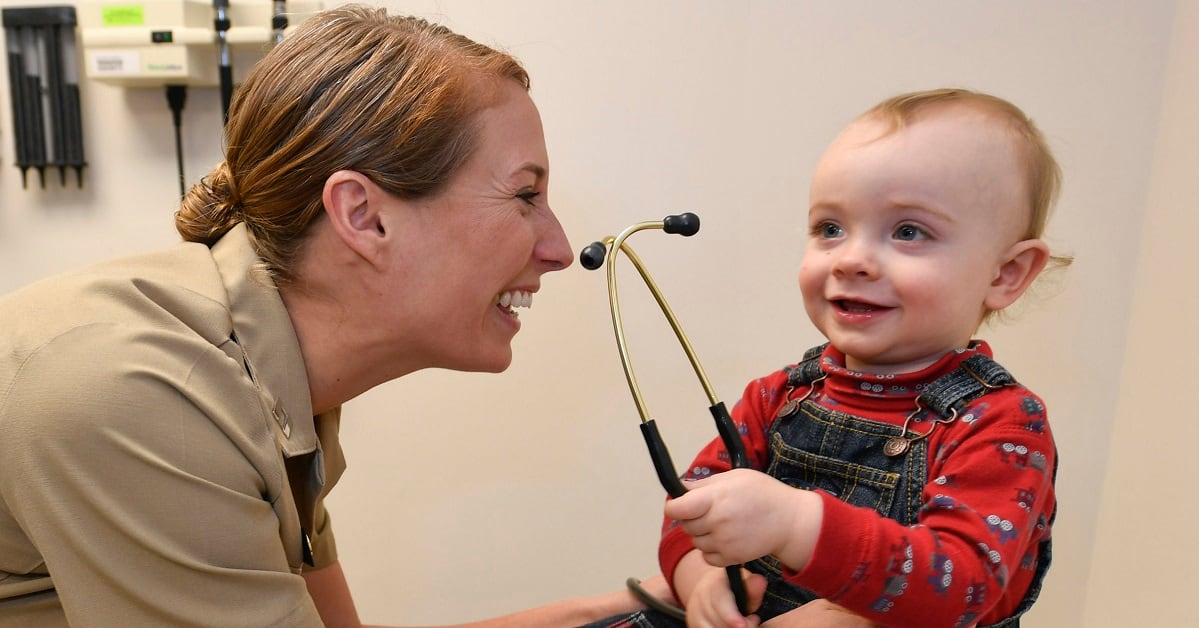Joonho Kim just sent word that he's finished his latest print. It's dedicated to members of the US Air Force Pararescue core. We had a brief Q&A session with JK:
GS: When did you begin working on the drawing?
JK: I started to research PJs about six years ago and was totally impressed with their dedication, courage and brotherhood. Because I live near Tucson, AZ, where they have an Air Force Base, I had a chance to meet some of the PJs. With enthusiastic support from the commander of the 943rd Rescue Group and the commander of the 306th Rescue Squadron (Air Force Reserve), I was able to take photos of the operatives in their training a couple of months ago.
GS: How long did it take to complete this drawing?
JK: About 40 hours. I love to wear Multi-Cam BDUs, but I hate to draw them, because they are so tedious to draw like the M4's Picatinny rails. But that makes my drawing so authentic looking. I don't want to compromise those details for easy way out.
[More after the break]
more
GS: Who is the drawing based on?
JK: Two of the operatives of the 306th Rescue Squadron graciously posed for my photo session for this particular drawing. One was carrying a down pilot (another PJ).
GS: What inspired this drawing?
JK: In light of the death of Osama Bin Laden and the Somalia hostage rescue by the SEAL Team 6, many other heroic rescue efforts by the Delta Forces, brave missions by Army Special Forces and Ranger and Marine Force Recon, these forces are relatively well-known. But there is one group of men who are equal to any of their Special Operation peers in the United States Military, and never get to be known. They are the United States Air Force Pararescue, a.k.a. PJs (Pararescue Jumpers). They are quiet professionals. They are extremely good at what they do. Actually, PJs were involved in just about every well-known Spec-Op missions without the media's knowledge.
The average training time for SEAL is two years of hell-and-back. But to be a PJ, one has to go through three years of training. They not only handle any mission that requires recovery and medical treatment of personnel in hostile combat environments, but they also perform as part of the larger special operations team alongside their SOCOM brethren.
The process of becoming a "PJ" is known informally as "the Pipeline" or "Superman School." Successfully completion takes about two years of intense physical and mental effort. Of the many who begin the process, only the most determined will graduate; sometimes as few as four to six from a class of nearly 100. From start to finish the drop out rate is about 90 percent from each class, the highest training dropout rate in the entire U.S. Special Operations community.
Pararescue trainees are required to attend the additional Pararescue Indoctrination Course. Following that is a long string of courses including Combat Dive School, Army Airborne, National Registry for Paramedic, Survival (SERE), and Military Free-fall Parachutist. Upon completing the aforementioned, a pararescue trainee is required to then complete the Pararescue Apprentice Course, which combines all the prior skills and adds a few more.
Once a Pararescueman has completed the pipeline, they are assigned to a Rescue or Special Tactics team where they will receive on-the-job training.
Their Pararescue Creed says everything about what they do:"It is my duty as a Pararescueman to save lives and to aid the injured. I will be prepared at all times to perform my assigned duties quickly and efficiently, placing these duties before personal desires and comforts. These things I do, that others may live."
It is about time for them to be known. They are heroes in my book.
GS: Thanks JK!





